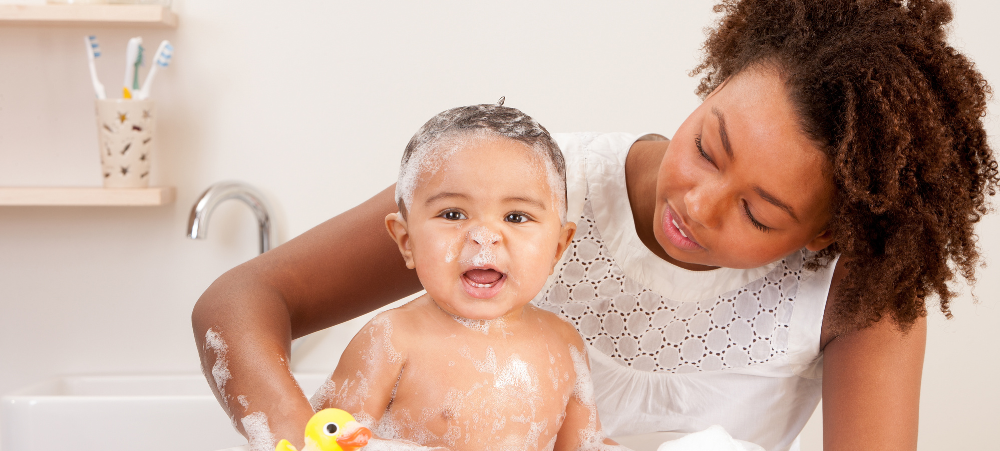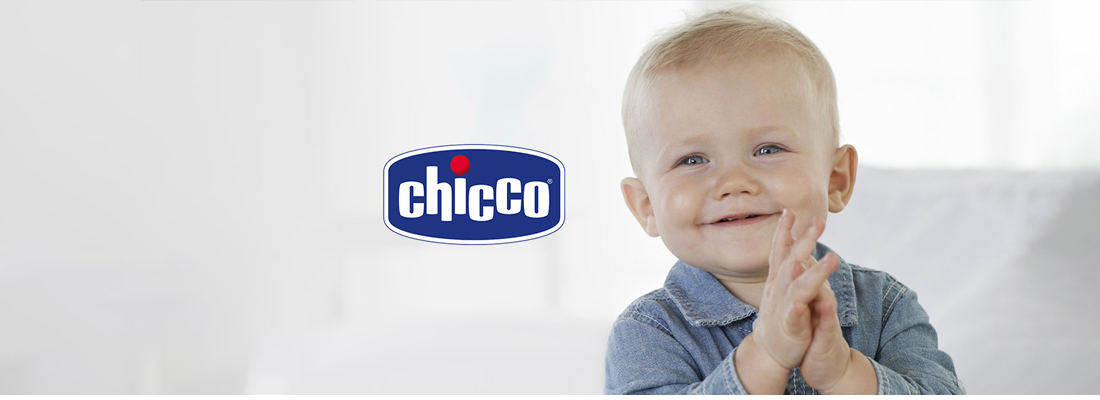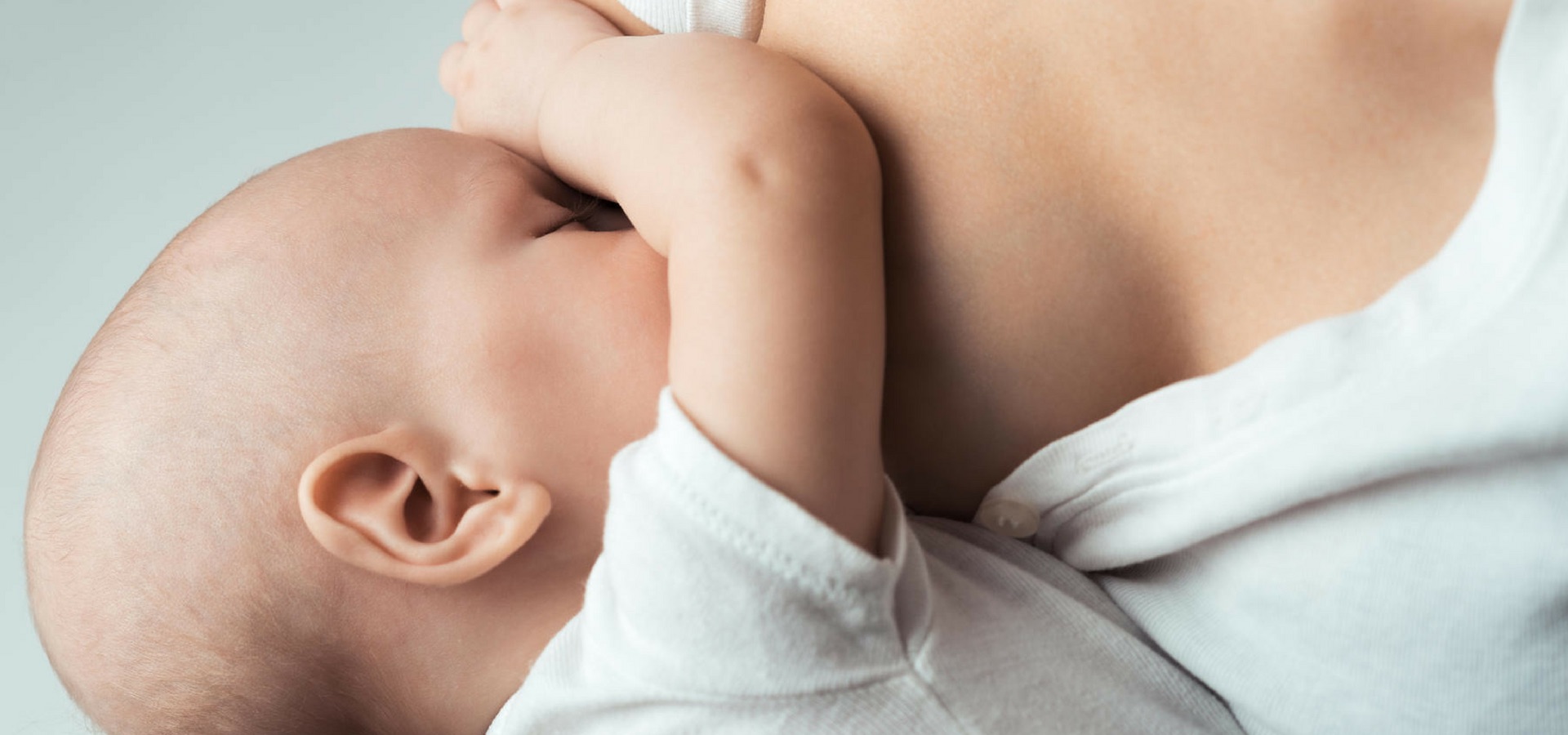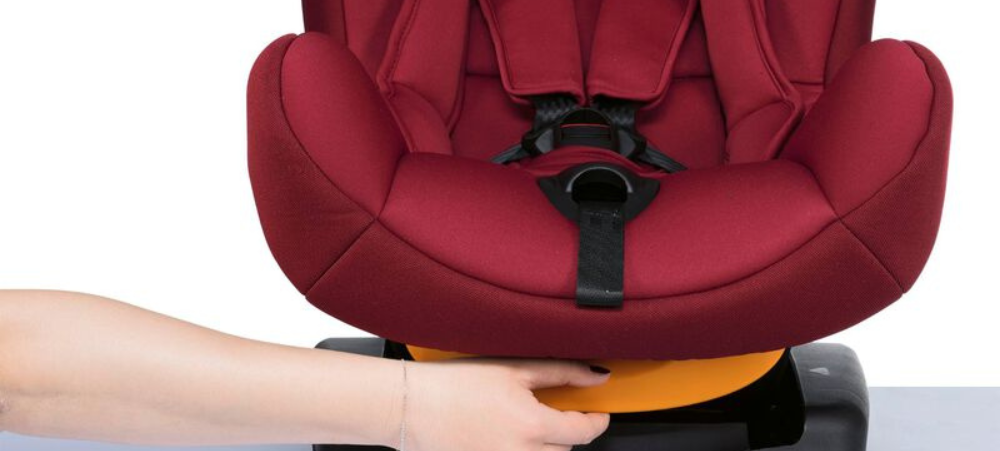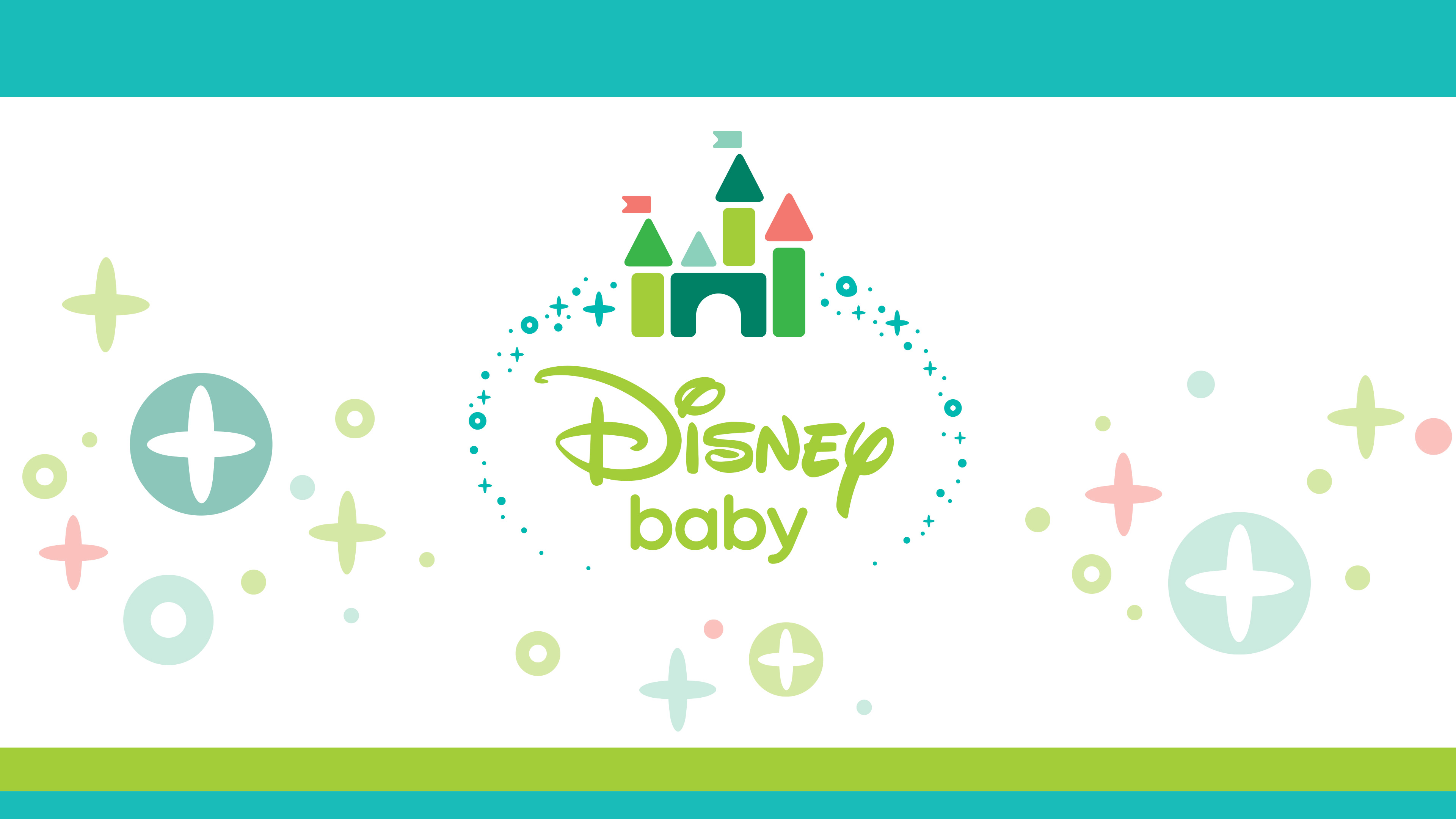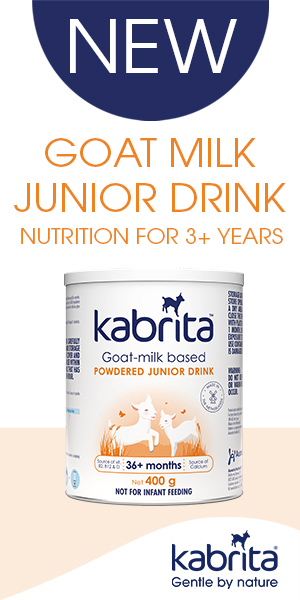It is our instinct to nourish and protect our babies. As caring mothers, we would never knowingly expose our precious babies to harmful chemicals and artificial nasties. Yet sadly these ingredients are all too common in many conventional baby toiletries. A baby’s skin is approximately three times thinner than our own skin, which means that any chemicals or irritants your baby is exposed to will absorb into their system faster and increase the risk of adverse reactions and toxicity. The most common chemical nasties Mineral oil Mineral oil is the primary ingredient in conventional baby oil products – Conventional baby oil is essentially made of mineral oil mixed with artificial fragrance, which is a nasty combination. Mineral oil is a cheap by-product of petroleum processing and acts as a “plastic wrap” on the skin, inhibiting the skin’s ability to release toxins. It is also a non-renewable and environmentally unfriendly resource. The best way to go is to treat your baby’s delicate skin with natural plant-based oils, such as our Cherish Baby Massage Oils. All our oils are made with 100% natural ingredients, organic wherever possible, and stored in amber glass bottles (kinder to the environment and will not leach chemicals into the product). Our Baby Massage Oils are made with: *Coconut oil – a superb skin moisturiser and helps to replenish and protect dry, damaged, chapped, cracked and irritated skin Sweet Almond oil – naturally rich in Vitamin E, monounsaturated fatty acids, proteins, potassium and zinc and is excellent for keeping skin soft and supple *Jojoba oil – Improves elasticity and suppleness, helping the skin remain hydrated, moisturised, soft and smooth Vitamin E oil – an excellent antioxidant that protects and repairs skin and guards against free radical damage *indicates organic ingredient We have three variants to choose from – *Lavender, *Mandarin or fragrance-free. Our products are fragranced with 100% natural essential oils, using organic oils wherever possible. Lavender and Mandarin essential oils both offer calming and relaxing properties and are great to use on little ones before bed time. For particularly sensitive babies we offer a fragrance-free version, which contains no essential oils, but still has all the goodness of the other oils. Fragrance Fragrance is added to countless products, either to create a particular smell or to mask the odour of the nasty chemicals used in production. The problem with fragrance is that it’s a catch-all term for whatever secret ingredients companies wish to add (companies are not obligated to reveal what’s included under the term “fragrance” or “parfum”). These ingredients are often coal- and petroleum-derived synthetic chemicals. The effects of fragrance are long lasting, lingering on the skin for hours, and can cause respiratory, neurological, skin, and eye damage. There is evidence that exposure to artificial fragrance chemicals as a child may lead to asthma. Unless the product you’re buying expressly states that the fragrance is derived from natural sources / essential oils, it’s probably not natural, and can have severe harmful side-effects, especially to babies. All Cherish Baby Products are scented using 100% natural essential oils, and we use organic oils wherever available. Parabens Parabens (methylparaben, ethylparaben, butylparaben, isoparapben, etc.) are a class of synthetic preservatives often used in cosmetics and skincare products to prevent bacterial and fungal growth. Parabens are hormone disruptors and can wreak havoc on oestrogen levels. Parabens are extremely common chemicals and can be found in soaps, body washes, shampoos, and moisturizers, including those marketed toward babies. Parabens are neurotoxins and are linked to skin irritation. It is best to opt for products that do not contain preservatives, such as our Cherish Baby Balm Range Our range of balms are 100% natural and free from petroleum, mineral oil, zinc oxide, phthalates and parabens. Cherish Balms will soothe and hydrate delicate skin and help treat diaper rash, cradle cap and other minor skin irritations. Formulated with specially selected moisturising oils and calming herbs to nurture and protect sensitive skin. Our balms include: *Cocoa butter – forms a protective layer on the skin and locks in moisture Coconut oil – a superb skin moisturiser and helps to replenish and protect dry, damaged, chapped, cracked and irritated skin Sweet Almond oil – naturally rich in Vitamin E, monounsaturated fatty acids, proteins, potassium and zinc and is excellent for keeping skin soft and supple Calendula oil – has antiseptic, antimicrobial and anti-inflammatory actions. It helps to speed healing and soothe irritated skin *Jojoba oil – improves elasticity and suppleness, helping the skin remain hydrated, moisturised, soft and smooth Vitamin E oil – an excellent antioxidant that protects and repairs skin and guards against free radical damage *indicates organic ingredient Our Baby Balms come in the same three variants as the Baby Massage Oils and Natural Baby Body Wash, so you can create your own nurturing set! Sodium Lauryl (Laureth) Sulfate Also known as sodium dodecyl sulfate, sodium lauryl sulfate, laurilsulfate, SDS or SLS, this ingredient is an economical surfactant that removes oil and is a foaming agent. It is commonly found in shampoo, soap, cleansers, bubble bath, toothpaste, mouthwash, body wash, and most products that foam. It is also found in industrial strength detergents and engine degreasers. It may contain 1,4-dioxane, a known carcinogen, and ethylene oxide, a chemical known to harm your nervous system. SLS has a comedogenic rating of 5, which means it has a high probability of clogging pores – it strips the skin of oils, which can cause the skin to over compensate and produce excessive sebum – not ideal in a skincare product! Our Natural Baby Body Wash range is free from SLS and other harsh chemicals, and has been especially formulated using naturally derived ingredients to be as gentle as possible on baby’s delicate skin. Our Natural Baby Body Washes come in the same three variants – Lavender, Mandarin and fragrance-free. The long-term effects of chemical additives in baby skincare products are not always known. But researchers believe our little ones are at higher risk of













